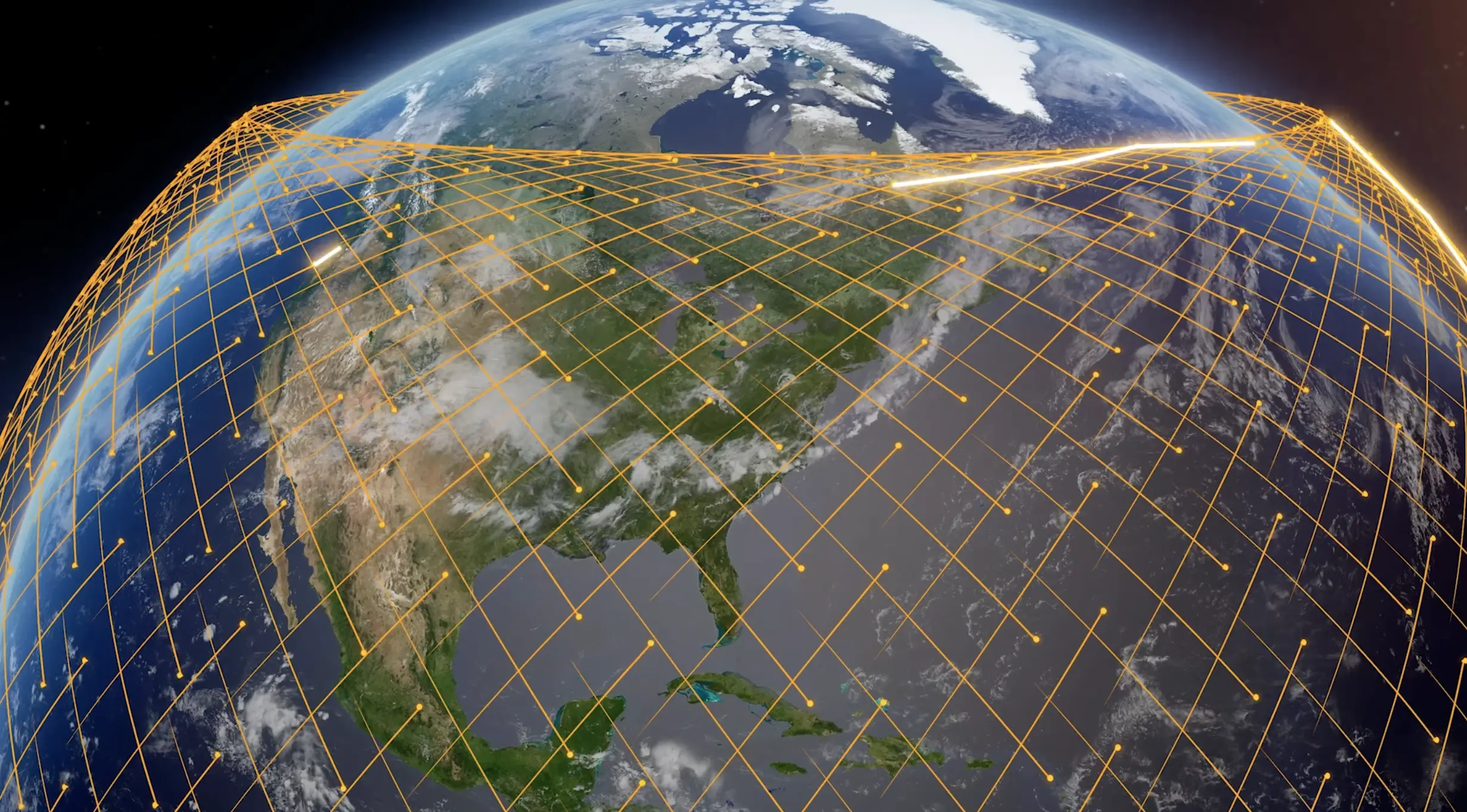

|
||

Amazon’s Project Kuiper has confirmed the use of laser-based inter-satellite links (OISL) for its satellite communication system. The technology has undergone successful testing in orbit, with data transmission speeds of 100 gigabits per second (Gbps) over a distance of 621 miles achieved.
This breakthrough marks a significant milestone for Project Kuiper, which aims to deploy a 3,236-satellite constellation to provide global broadband internet access.
Project Kuiper’s ambitious plan: The successful OISL test is crucial for Project Kuiper’s ambitious timeline, with plans to begin mass satellite production this month and full-scale deployment in 2024. Amazon must launch approximately half of the constellation, around 1,600 satellites, by the summer of 2026, as per their FCC license. This achievement clears the way for a rapid rollout of the project.
Competition and future prospects: Amazon’s Project Kuiper faces competition from SpaceX’s Starlink network, which already utilizes optical inter-satellite links. Other mega-constellation ventures, such as Telesat and Rivada Space Networks, also plan to use OISL systems for broadband data transmission. The technology’s appeal lies in its ability to enable communication in remote areas and its potential for faster signal transmission due to the speed of light in a vacuum.
Resilient communication links like OISL are essential for government and commercial customers. NASA has awarded $67 million to Kuiper Government Solutions, a division within Project Kuiper, to demonstrate an in-space optical relay network for satellite communications. Amazon’s optical mesh network offers redundancy and security for data transport worldwide, especially for those seeking secure communication channels.
The big picture: The successful testing of laser-based inter-satellite links is seen as a game-changer for satellite communications and Earth observation. This technology not only benefits communication satellites but also enhances the delivery of remote-sensing data from space. Amazon’s Project Kuiper emerges as an early leader in this field, with the potential to revolutionize the satellite communication industry.
Sponsored byVerisign

Sponsored byIPv4.Global

Sponsored byCSC

Sponsored byRadix

Sponsored byVerisign

Sponsored byWhoisXML API

Sponsored byDNIB.com
